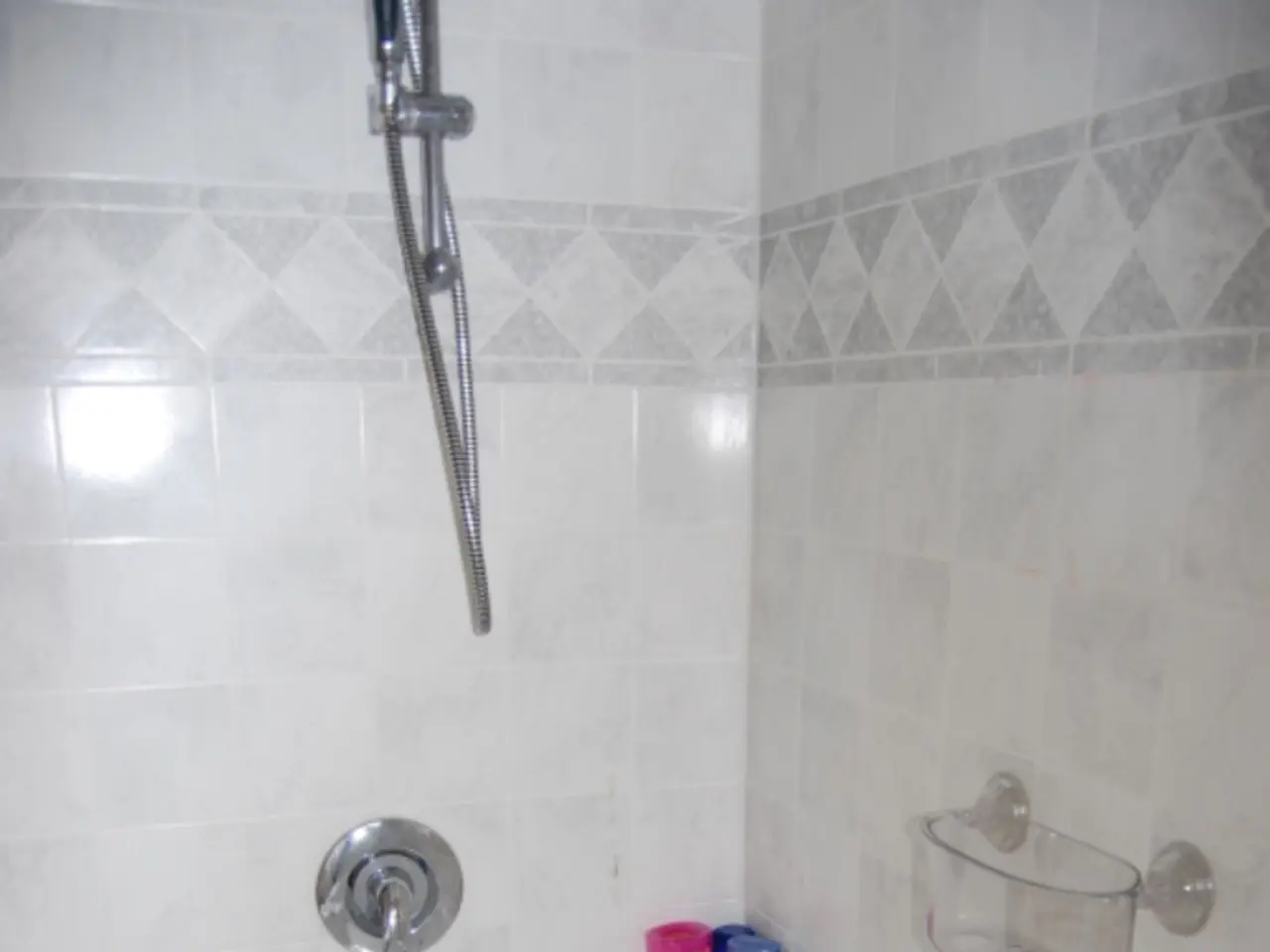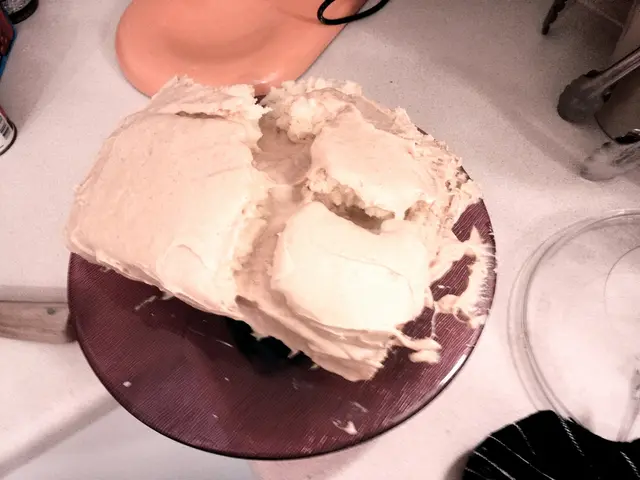Unwind and Relax: Explore the Calming Effects of Warm Salt-Filled Soaks
In the quest for relaxation, self-care, and overall wellness, hot salt baths have emerged as a simple yet effective solution. These baths, often using Epsom salt, sea salt, or Himalayan pink salt, offer a myriad of benefits that range from muscle relaxation to detoxification.
**Muscle Relaxation and Pain Relief**
The magnesium in Epsom and Himalayan salts is absorbed through the skin during the bath, helping to relax muscles, reduce soreness, and alleviate tension after physical activity or stress. Warm water further enhances this effect by improving circulation.
**Detoxification**
Sulfates in Epsom salt facilitate a process called reverse osmosis, helping to draw out toxins, impurities, and heavy metals through the skin. Salt baths also promote sweating, which assists in expelling toxins naturally.
**Skin Health**
Minerals like magnesium and potassium soften the skin, reduce dryness, soothe irritation, and can act as gentle exfoliants by removing dead skin cells. This leads to smoother, hydrated skin.
**Stress Relief and Mental Calm**
Taking time for a warm salt bath encourages mindfulness and relaxation, calming the mind and reducing stress levels. The combined effect of heat, minerals, and quiet time supports emotional wellness.
**Improved Circulation and Energy**
The minerals in the salts may stimulate better blood flow, which can leave you feeling more energized and help reduce inflammation.
To create the perfect hot salt bath experience, consider these best practices:
1. Use pure bath-grade Epsom salt, Himalayan pink salt, or sea salt to avoid additives that may irritate the skin. 2. Add 1 to 2 cups of salt per standard bathtub of hot water for detox and relaxation. Adjust based on personal preference and salt type. 3. Use warm to hot water (around 37-40°C or 98-104°F). The heat helps open pores, facilitating mineral absorption and toxin release. 4. Aim for 15-30 minutes to allow adequate time for muscle relaxation and detox effects without over-drying the skin. 5. Drink water before and after your bath to support hydration, as sweating during the bath can deplete fluids. 6. Include calming elements like essential oils (lavender, chamomile), soft lighting, or soothing music to amplify relaxation. 7. If you have health conditions (especially cardiovascular or kidney issues), check with a healthcare provider before regular salt bathing or sole water ingestion.
Incorporating these salts into your bath routine can provide a gentle, natural, and effective method to promote physical and mental wellness while supporting your body's detox pathways and skin health.
- The magnesium in Epsom and Himalayan salts, absorbed through the skin during a bath, works to relax muscles, reduce soreness, and alleviate tension after physical activity or stress.
- Warm water, combined with the use of Epsom salt, sea salt, or Himalayan pink salt, improves circulation and further enhances muscle relaxation.
- Sulfates in Epsom salt facilitate a process called reverse osmosis, helping to draw out toxins, impurities, and heavy metals through the skin, promoting detoxification.
- The minerals in the salts, like magnesium and potassium, soften the skin, reduce dryness, soothe irritation, and act as gentle exfoliants, leading to smoother, hydrated skin.
- Taking a warm salt bath can encourage mindfulness and relaxation, calm the mind, reduce stress levels, and support emotional wellness, making it a holistic approach towards health and wellness.




